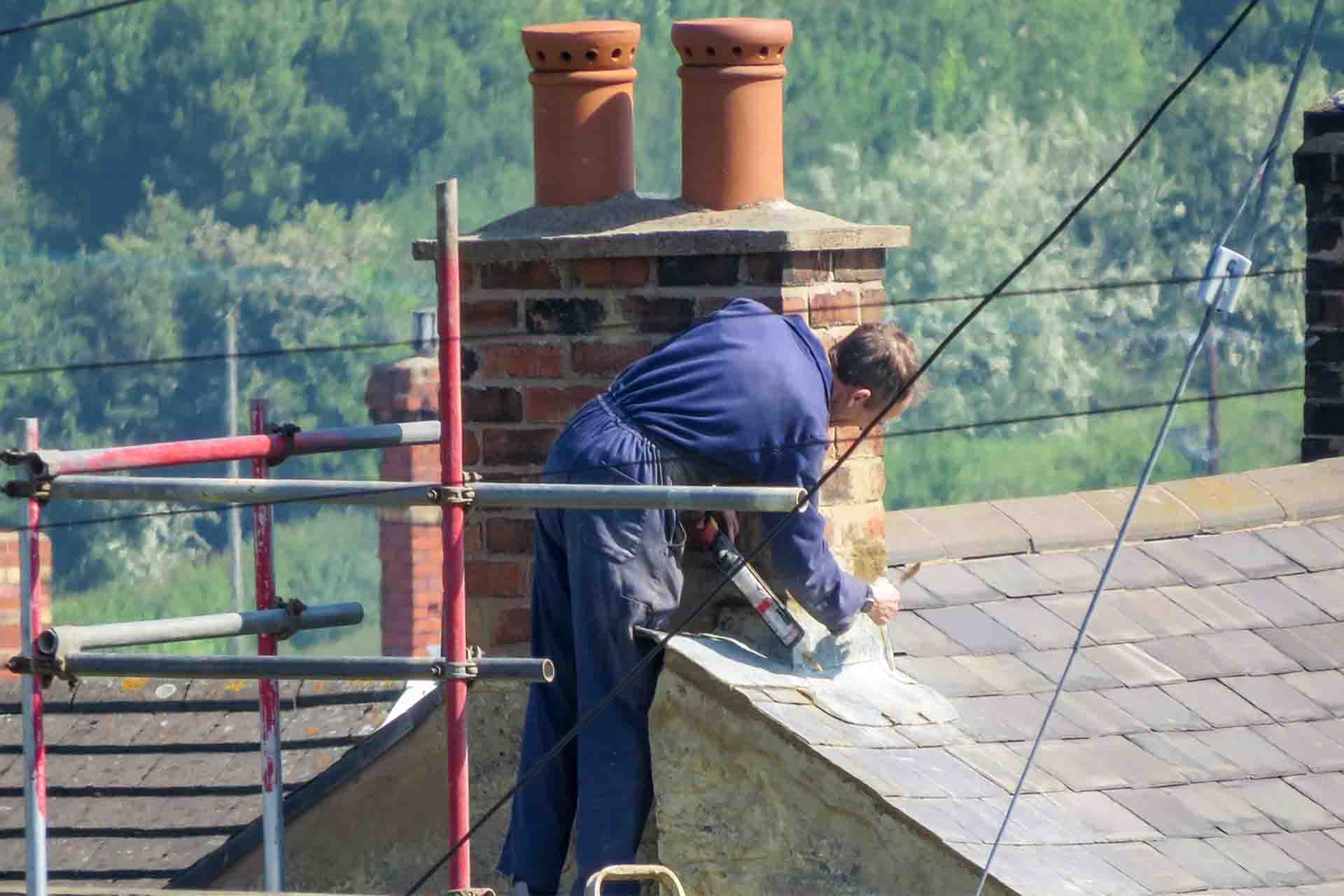

Articles
How Much Is It To Remove A Chimney
Modified: December 7, 2023
Looking for articles about how much it costs to remove a chimney? Find answers and pricing information in our comprehensive guide.
(Many of the links in this article redirect to a specific reviewed product. Your purchase of these products through affiliate links helps to generate commission for Storables.com, at no extra cost. Learn more)
Introduction
Welcome to our guide on the cost of removing a chimney. Whether you’re renovating your home, replacing an outdated heating system, or simply looking to create more space, removing a chimney can be a complex and potentially costly endeavor. In this article, we will explore the various factors that impact the cost of chimney removal, as well as the different methods and associated expenses.
Chimney removal involves more than just knocking down bricks and mortar. Several considerations need to be taken into account, including the type of chimney, the height of the structure, and the accessibility of the area. Additionally, the need for masonry work, scaffolding, or a crane can significantly impact the overall cost. It is important to be aware of these factors to ensure you are fully prepared and can make an informed decision.
Before diving into the specifics of chimney removal costs, it’s crucial to understand the potential reasons for wanting to remove a chimney. It could be due to structural issues such as cracks or leaks, a desire to eliminate outdated or unused features, or creating more space for interior renovations. Whatever the reason may be, it’s essential to carefully evaluate the condition of the chimney and any potential risks before proceeding.
Now, let’s delve into the factors that can affect the cost of chimney removal.
Key Takeaways:
- Removing a chimney involves various costs, impacted by factors like type, height, and condition. Hiring professionals ensures safety, compliance, and efficient removal, outweighing potential DIY risks and expenses.
- Factors such as masonry work, scaffolding, and cranes influence chimney removal costs. Professional expertise, safety measures, and legal compliance make hiring a professional the recommended choice for a hassle-free and successful removal process.
Read more: How Hard Is It To Remove A Chimney
Factors that Affect the Cost of Chimney Removal
Several factors come into play when determining the cost of chimney removal. Understanding these factors will help you estimate the potential expenses involved in your specific situation. Below are the key factors to consider:
1. Type of Chimney
The type of chimney you have will impact the complexity and cost of its removal. There are two main types: internal and external chimneys. Internal chimneys are located inside the house and are typically easier and cheaper to remove because they don’t require exterior demolition. External chimneys, on the other hand, are attached to the outside of the building and may require more extensive work.
2. Height of the Chimney
The height of the chimney plays a role in determining the cost of removal. Taller chimneys often require additional equipment, such as scaffolding or a crane, to safely and efficiently complete the job. The higher the chimney, the more labor and specialized equipment will be needed, which can drive up the overall cost.
3. Access to the Chimney
The accessibility of the chimney also affects the cost. If the chimney is easily accessible, such as being located near a driveway or open space, it will be simpler for contractors to maneuver equipment and remove the structure. However, if the chimney is situated in a confined space or has limited access, additional time and effort may be required, leading to higher costs.
Read more: How To Remove A Chimney Breast
4. Condition of the Chimney
The condition of the chimney can impact the cost as well. If the chimney is in good condition and doesn’t require any repair or reinforcement, the removal process may be relatively straightforward. However, if there are structural issues, such as cracks or instability, additional work may be necessary, driving up the overall cost of removal.
5. Need for Masonry Work
In some cases, removing a chimney may involve masonry work, such as filling in the gaps left behind or repairing the areas where the chimney was attached. The extent of the required masonry work will depend on the type of chimney and the level of restoration needed, which can add to the overall cost.
By considering these factors, you can evaluate the potential expenses involved in removing your chimney. Keep in mind that every situation is unique, and it’s recommended to consult with professionals to get accurate cost estimates based on your specific circumstances.
Cost of Removing a Chimney with Masonry Work
If your chimney requires masonry work during the removal process, the overall cost can increase. The extent of the masonry work needed will depend on factors such as the condition of the chimney, the type of chimney, and the specific restoration required. Here’s a breakdown of the potential expenses involved:
1. Removal Costs
The cost of removing a chimney with masonry work typically includes labor, equipment, and disposal fees. Experienced contractors will use specialized tools and techniques to carefully dismantle the chimney and remove the bricks, mortar, and other materials. The cost of labor will vary depending on factors such as the complexity of the job and the location of the chimney.
Read more: How Much To Install A Chimney
2. Masonry Repair and Restoration
Once the chimney is removed, any gaps or holes left behind will need to be filled in or repaired. The exact cost of masonry repair will depend on the extent of the damage and the materials used. Masonry work may also involve restoring the surrounding areas to ensure a seamless integration with the remaining structure. It’s essential to hire skilled masons who have experience with chimney removal and restoration to ensure quality work.
3. Material Costs
The cost of materials, such as bricks, mortar, and any additional supplies needed for masonry work, should be factored into the total cost as well. The quantity and type of materials required will depend on the size of the chimney and the specific restoration needs. It’s advisable to consult with professionals who can provide accurate estimates of the materials needed based on your chimney’s condition.
4. Additional Costs
In some cases, there may be additional costs associated with removing a chimney with masonry work. These could include permits or inspections required by local building codes, as well as any structural reinforcement or support needed to ensure the safety and stability of the remaining structure. It’s important to discuss these potential expenses with your contractor to avoid any surprises during the process.
Keep in mind that the cost of removing a chimney with masonry work can vary depending on factors such as the size of the chimney, the extent of the restoration required, and the region you’re in. It’s advisable to obtain multiple quotes from reputable contractors to compare prices and ensure you’re getting a fair deal.
Cost of Removing a Chimney with a Scaffolding System
If your chimney is located at a significant height or in a hard-to-reach area, using a scaffolding system can be an effective solution for safe and efficient removal. The cost of removing a chimney with a scaffolding system is influenced by several factors, including the height of the chimney, the complexity of the job, and the duration of scaffolding usage. Here’s a breakdown of the potential expenses involved:
Read more: How Much Is It To Repoint A Chimney
1. Scaffolding Installation and Rental
The cost of scaffolding installation and rental is a significant component when removing a chimney using this method. Scaffolding provides a stable platform for workers to access the chimney at various heights. The cost will depend on the size and height of the chimney, as well as the duration of scaffolding usage. Contractors will typically factor in the setup, rental, and dismantling of the scaffolding in their overall pricing.
2. Labor Costs
With the scaffolding in place, labor costs will be incurred for the removal of the chimney. Contractors will need to carefully disassemble the chimney, ensuring that all bricks, mortar, and debris are safely removed from the scaffolding platform. The complexity of the job and the time required will influence the labor costs associated with the removal process. It’s important to hire experienced professionals who are skilled in working with scaffolding systems to ensure safety and efficiency.
3. Disposal Fees
Once the chimney is removed, there will be debris and waste materials that need to be disposed of properly. Some contractors include disposal fees in their overall pricing, while others may charge separately for this service. It’s essential to clarify with your contractor whether disposal fees are included to avoid any unexpected costs.
4. Additional Costs
In some cases, additional costs may arise when removing a chimney with a scaffolding system. This could include the need for permits or inspections mandated by local building codes. Additionally, if any structural reinforcement or support is required to maintain the stability of the remaining structure, these expenses should be factored into the overall cost.
It’s worth noting that the cost of removing a chimney with a scaffolding system can vary depending on factors such as the height and complexity of the job, as well as regional pricing variations. It’s advisable to obtain multiple quotes from licensed and insured contractors who specialize in chimney removal to ensure you’re receiving competitive prices and quality work.
Read more: How Much To Get A Chimney Cleaned
Cost of Removing a Chimney with a Crane
If your chimney is located in a difficult-to-reach area or has a considerable height, using a crane can be an effective method for safe and efficient removal. Removing a chimney with a crane involves lifting and transporting the chimney pieces using heavy machinery. The cost of this method is influenced by factors such as the height and weight of the chimney, the crane rental, labor costs, and any additional services required. Here’s a breakdown of the potential expenses involved:
1. Crane Rental
The cost of crane rental is a significant portion of the overall expenses when removing a chimney using this method. The cost will depend on factors such as the size and capacity of the crane, the duration of the rental, and any additional fees for setup and transportation. It’s crucial to work with a reputable crane rental company that specializes in chimney removal to ensure safety and reliability.
2. Labor Costs
Labor costs are an essential aspect of removing a chimney with a crane. Skilled workers are required to coordinate the lifting and removal process, ensuring that the chimney sections are safely transported and lowered to the ground. The complexity of the job and the duration required will influence the labor costs associated with the removal process. It is essential to hire experienced professionals who are trained in working with cranes to ensure the efficient completion of the project.
3. Disposal Fees
Once the chimney sections are safely removed, there will be debris and waste materials that need to be properly disposed of. Some contractors may include disposal fees in their overall pricing, while others may charge separately for this service. Ensure to discuss and clarify with your contractor whether disposal fees are included in the cost estimates.
4. Additional Costs
Additional costs may arise when removing a chimney with a crane. This could include the need for permits or inspections required by local building codes. Additionally, if any structural reinforcement or support is necessary to ensure the stability of the remaining structure, these expenses should be considered in the overall cost as well.
It’s important to note that the cost of removing a chimney with a crane can vary depending on factors such as the height and weight of the chimney, the location of the project, and regional pricing variations. Obtaining multiple quotes from reputable contractors who specialize in chimney removal will help ensure you receive competitive prices and professional services.
Cost of Removing a Chimney without Masonry Work
If your chimney is in good condition and doesn’t require any masonry work, the cost of removing it can be lower compared to chimneys that need additional restoration. When removing a chimney without masonry work, the expenses are generally associated with labor, equipment, and disposal. Here’s a breakdown of the potential costs involved:
1. Labor Costs
The cost of labor is a significant factor when removing a chimney without masonry work. Experienced contractors will carefully dismantle the chimney, ensuring that all components are safely removed. The cost of labor will depend on factors such as the complexity of the job, the size of the chimney, and the location of the project. Obtaining multiple quotes from reputable contractors will help you determine the average labor cost in your area.
2. Equipment and Tools
To remove a chimney, contractors may require various equipment and tools, such as ladders, saws, and safety gear. The cost of renting or purchasing these tools will depend on the specific requirements of the project. It’s essential to discuss with your contractor whether these costs are included in their estimates or if they will be charged separately.
3. Disposal Fees
Once the chimney is removed, there will be debris and waste materials that need to be properly disposed of. Some contractors may include disposal fees in their overall pricing, while others may charge separately for this service. Ensure to clarify with your contractor whether disposal fees are included or if they will be an additional expense.
4. Additional Costs
In some cases, there may be additional costs associated with removing a chimney without masonry work. These could include permits or inspections required by local building codes. Additionally, if structural reinforcement or any support is needed following the removal to ensure the stability of the remaining structure, these expenses should be factored into the overall cost.
It’s important to note that the cost of removing a chimney without masonry work can vary depending on factors such as the size and location of the chimney, as well as regional pricing variations. It’s recommended to obtain multiple quotes from reputable contractors who specialize in chimney removal to ensure you’re receiving competitive prices and quality work.
Additional Costs to Consider
When it comes to removing a chimney, there are several additional costs that you should take into consideration. These costs can vary depending on the specific requirements of your project and can add to the overall expenses. Here are some additional costs to keep in mind:
1. Structural Assessment
Before proceeding with chimney removal, it’s important to conduct a structural assessment of the remaining structure. This assessment will determine if any additional support or reinforcement is needed to ensure the stability and safety of the building. Hiring a professional engineer or structural consultant to perform this assessment may incur additional costs.
Read more: How Much Should A Chimney Rebuild Cost
2. Permits and Inspections
In many areas, permits and inspections are required for chimney removal projects. These permits and inspections ensure that the work is done according to local building codes and regulations. The cost of permits can vary depending on your location and the specific requirements set by your local municipality. It’s important to budget for these costs and factor them into your overall project expenses.
3. Hauling and Disposal
After the chimney has been removed, there will be debris and waste materials that need to be properly hauled away and disposed of. The cost of hauling and disposal can vary depending on the amount of waste generated and the fees charged by local waste management facilities. Some contractors may include disposal fees in their overall pricing, while others may charge separately for this service. Ensure to clarify this with your contractor.
4. Restoration and Repairs
Once the chimney has been removed, you may need to restore and repair the area where the chimney was attached. This can include filling in the gap, repairing the roof or wall, or even repainting the affected area. The cost of restoration and repairs will depend on the extent of the work needed and can vary significantly from project to project.
5. Re-routing Utilities
If your chimney was connected to any utility systems, such as gas or heating vents, you may need to re-route these utilities after the chimney removal. This can involve hiring additional professionals, such as plumbers or HVAC technicians, to disconnect and relocate the utilities. The cost of re-routing utilities will depend on the complexity of the system and the specific requirements of the project.
It’s essential to consider these additional costs when budgeting and planning for chimney removal. Consulting with experienced contractors and professionals will help you accurately assess and estimate these expenses based on your unique project requirements.
Read more: How Much Does It Cost To Replace A Chimney
DIY vs Hiring a Professional
When it comes to removing a chimney, one important decision to make is whether to tackle the project yourself or hire a professional. While the DIY approach may seem tempting to save money, it’s crucial to consider the potential risks, complexities, and long-term implications. Here’s a comparison between DIY and hiring a professional:
1. Skill and Experience
Removing a chimney requires a certain level of skill and experience to ensure the safety and stability of your home. Professionals have the knowledge and expertise to handle the intricacies of chimney removal, including the use of specialized tools and techniques. They are also well-versed in local building codes and regulations, ensuring compliance throughout the process. On the other hand, DIY chimney removal can be challenging and risky without the necessary expertise, potentially leading to costly mistakes or compromising the structural integrity of your home.
2. Safety
Chimney removal can involve working at heights, handling heavy materials, and dealing with potential hazards such as asbestos or structural instability. Professionals have the training and equipment to mitigate these risks and ensure the safety of everyone involved. They follow proper safety protocols and have liability insurance to cover any unexpected accidents. DIY removal without the proper safety measures can put you and your property at risk.
3. Time and Efficiency
Chimney removal is a complex task that requires careful planning, coordination, and execution. Professionals have the experience and resources to complete the project efficiently, minimizing disruptions to your daily routine. They can work in a timely manner, ensuring the project is completed within the agreed timeframe. DIY removal, on the other hand, can be time-consuming, especially if you lack the necessary skills and equipment. It may result in delays and prolonged construction periods.
Read more: How Much Does Chimney Inspection Cost
4. Cost
While DIY chimney removal may seem like a cost-saving option at first glance, it’s important to consider the potential long-term expenses and risks. Professionals have access to industry discounts, specialized tools, and resources that may outweigh the initial cost of hiring them. They can identify potential issues and address them before they become costly problems down the line. Additionally, professionals are well-versed in proper waste disposal practices, potentially saving you from potential fines or penalties associated with improper disposal.
5. Legal and Insurance Considerations
Chimney removal often involves obtaining permits and complying with local regulations. Hiring professionals ensures that all legal requirements are met, avoiding potential legal issues in the future. Professionals also carry liability insurance, protecting you from any damages or accidents that may occur during the removal process. DIY removal may leave you liable for any damages or injuries that occur, potentially leading to costly legal disputes.
Ultimately, the decision between DIY and hiring a professional depends on your level of skill, experience, and comfort with the project. While DIY may be suitable for minor repairs or renovations, chimney removal is a complex and high-stakes task that is best left to professionals. Their knowledge, expertise, and focus on safety will ensure a seamless and successful chimney removal process, giving you peace of mind and a well-executed outcome.
Conclusion
Removing a chimney can be a significant undertaking with various factors to consider. The cost of chimney removal depends on factors such as the type of chimney, its height, accessibility, condition, and the need for masonry work, scaffolding systems, or cranes. Additionally, there are additional costs to keep in mind, including structural assessments, permits and inspections, disposal fees, and potential restoration or repairs.
While DIY chimney removal may seem like a cost-saving option, it’s important to weigh the risks and complexities involved. Hiring a professional offers several advantages, including their skill and experience, adherence to safety protocols, efficiency, and compliance with legal requirements. Professionals also have access to specialized tools and resources, ensuring a well-executed and hassle-free chimney removal process.
It’s crucial to budget appropriately and obtain multiple quotes from reputable contractors to evaluate the costs involved based on your specific project requirements. By considering these factors and costs, you can make an informed decision and ensure a successful chimney removal process.
Remember, chimney removal is not a DIY project that should be taken lightly. It requires expertise, safety precautions, and compliance with local regulations. Hiring a professional will give you peace of mind, save you time and potential future expenses.
So, whether you’re renovating your home, updating your heating system, or simply creating more space, consulting with experienced professionals is the recommended approach when it comes to chimney removal. They will guide you through the process, minimize risks, and ensure a smooth and efficient removal, allowing you to enjoy the benefits of a chimney-free space.
Frequently Asked Questions about How Much Is It To Remove A Chimney
Was this page helpful?
At Storables.com, we guarantee accurate and reliable information. Our content, validated by Expert Board Contributors, is crafted following stringent Editorial Policies. We're committed to providing you with well-researched, expert-backed insights for all your informational needs.
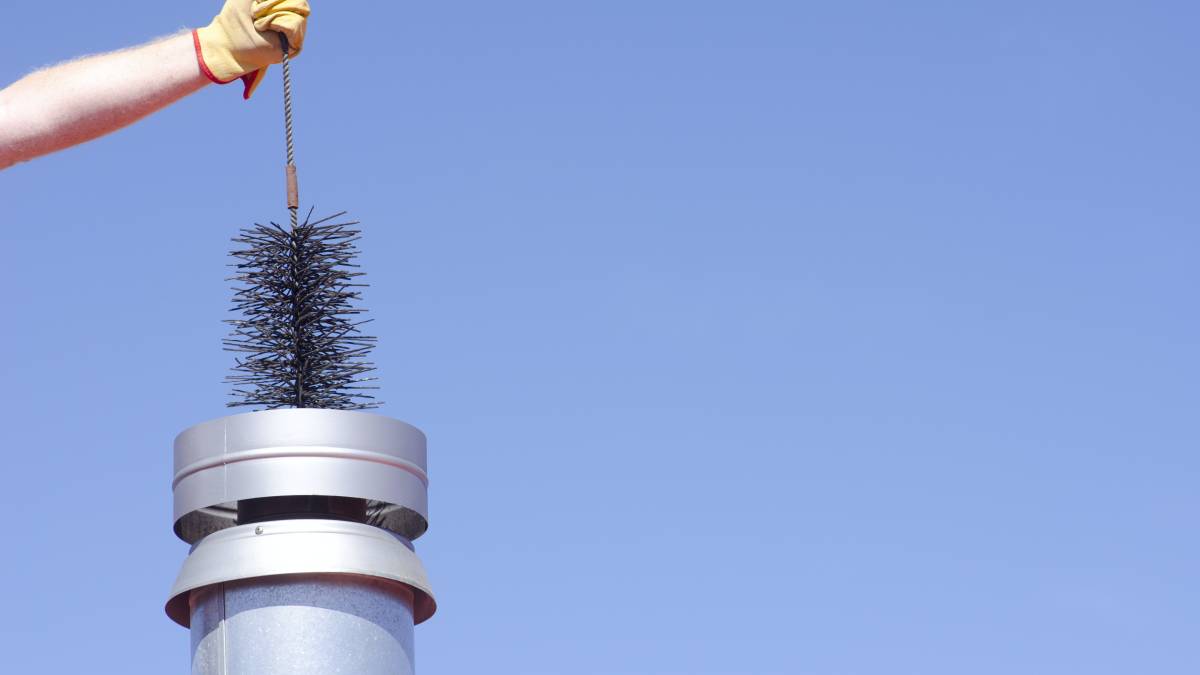

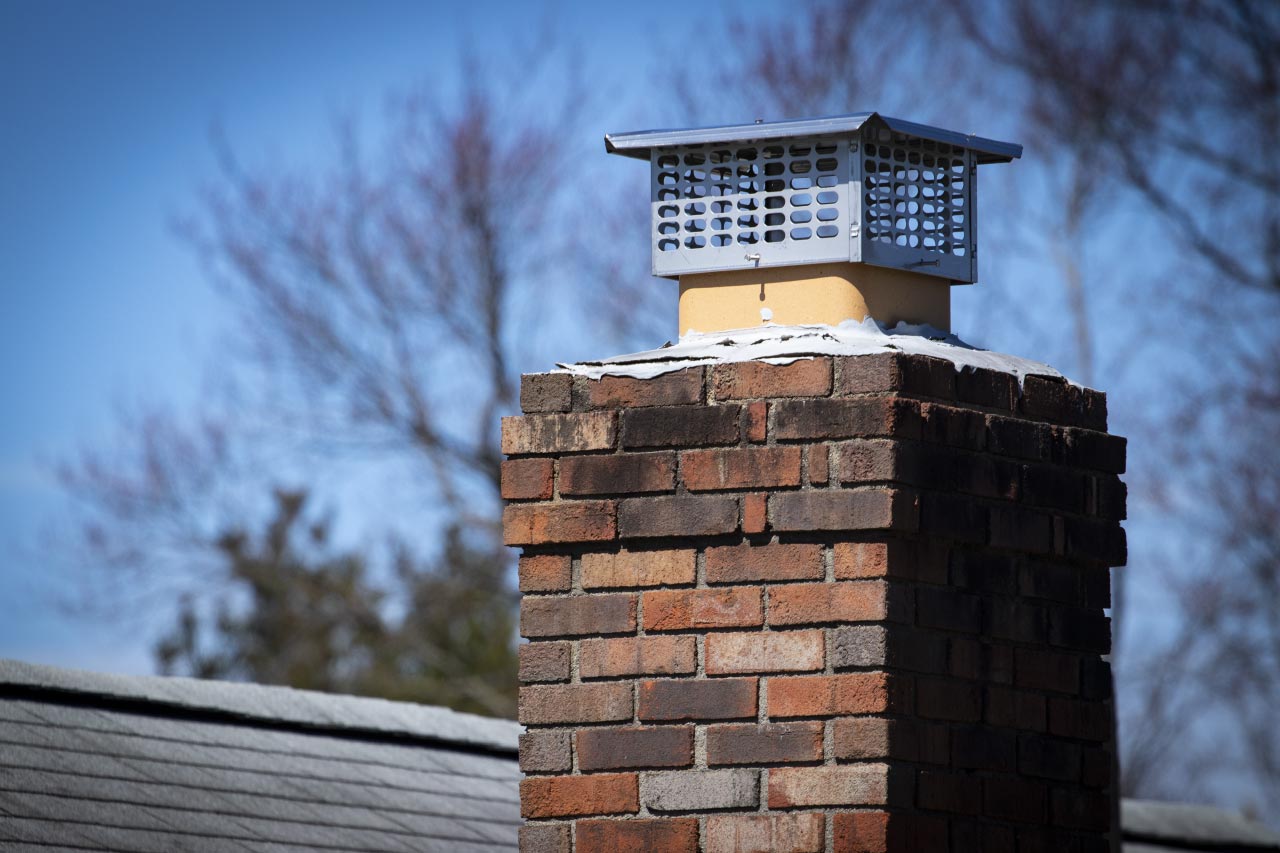
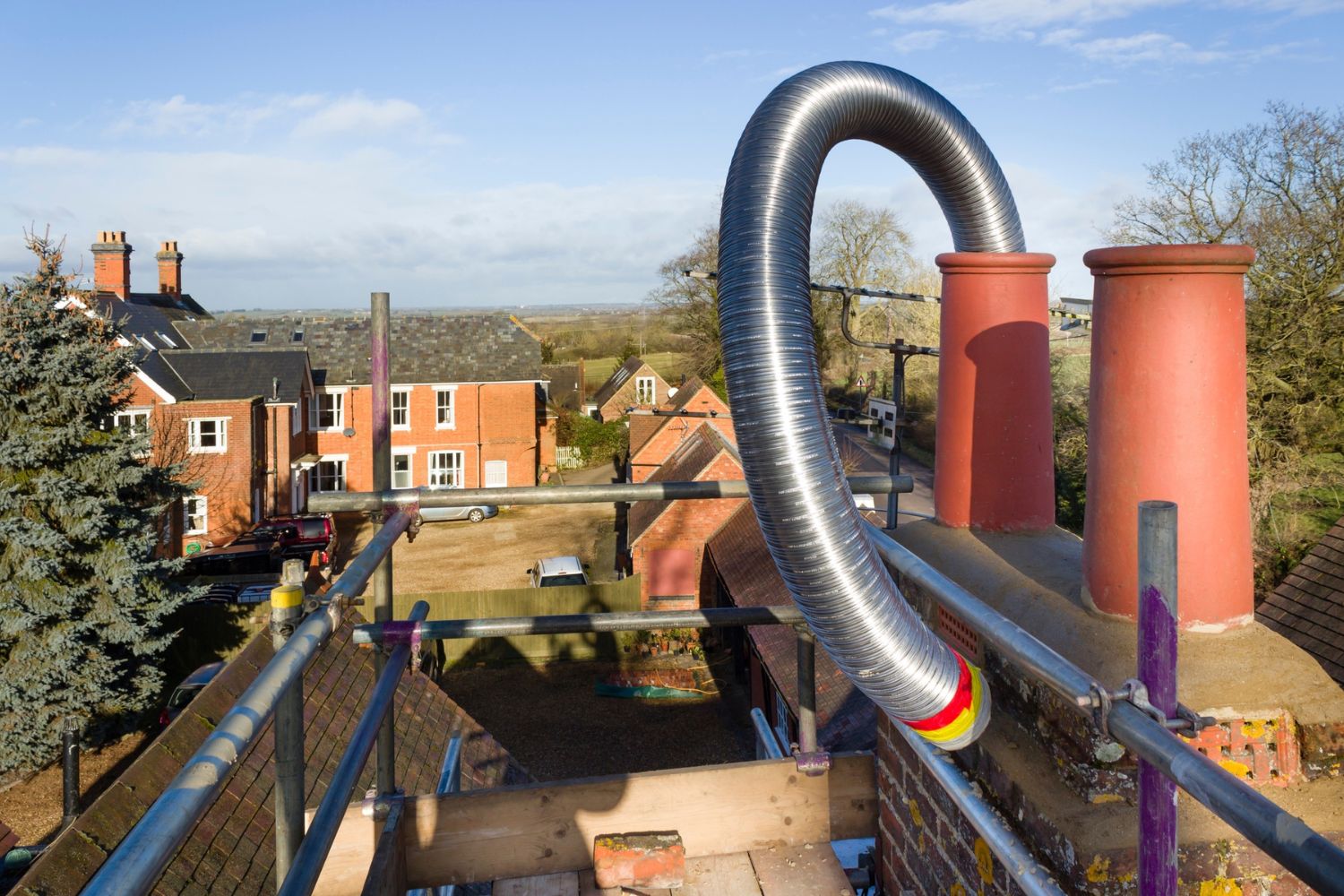
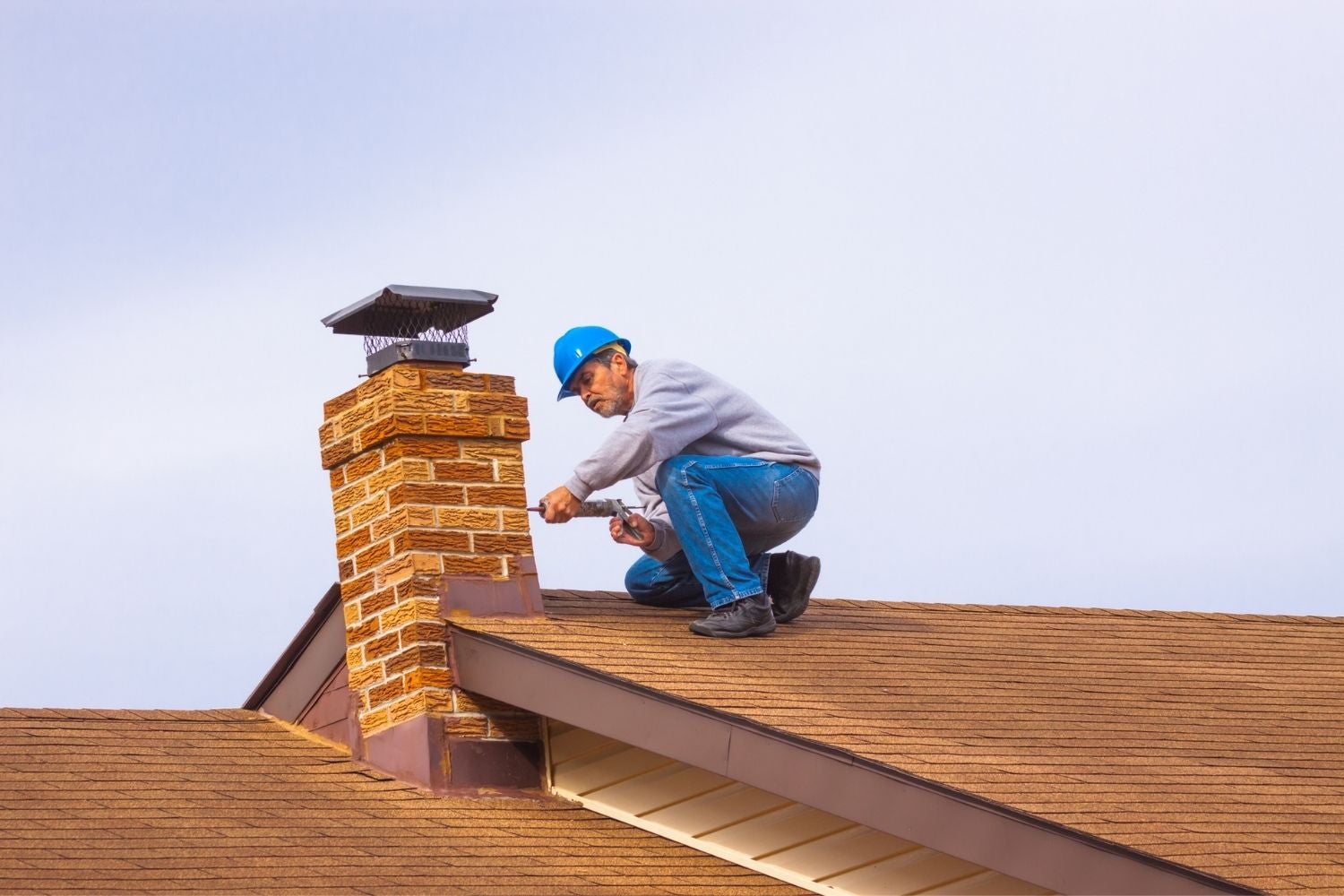
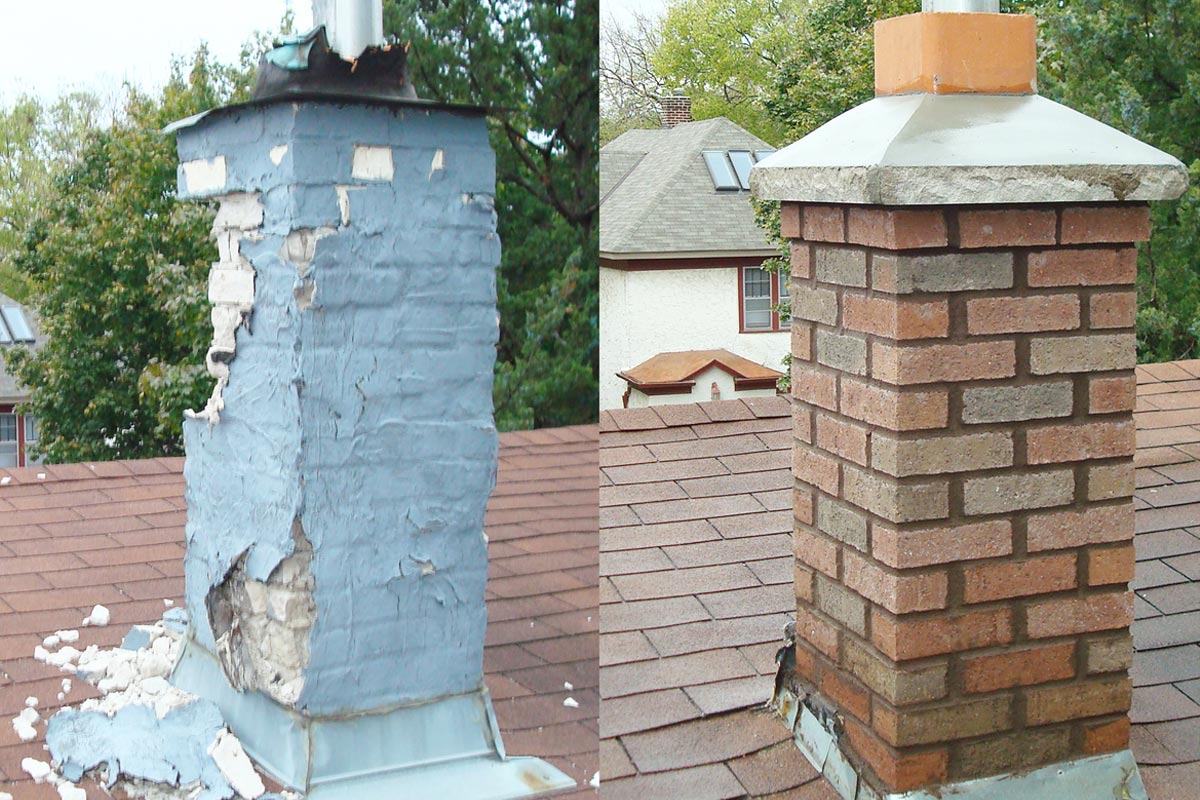

0 thoughts on “How Much Is It To Remove A Chimney”